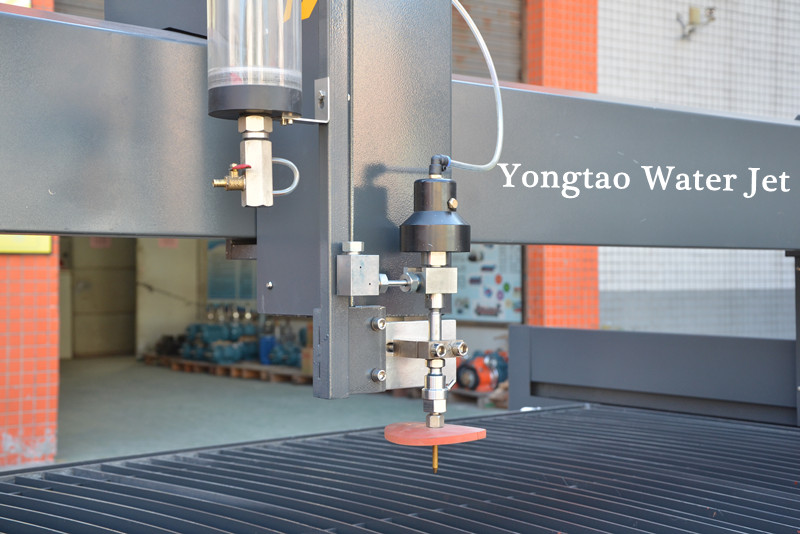In industrial production, there is a maximum cutting scale, so this is the so-called material performance. When it comes to material performance, we have to mention abrasive. So today let's talk about the other two factors affecting the water jet cutter: material performance and abrasive.

The cutting speed decreases with the increase in material strength and thickness. The mechanical properties of the processed materials are not only the factors affecting the water jet but also the determining factors of water jet cutter pressure and power parameters. Although the tensile strength, compressive strength, flexural strength, impact toughness, elastic modulus, and hardness of the material have an impact on the cutting speed in the process of jet action. Through the analysis of the test results and material failure process, the material affected by the jet flow from the initiation and propagation of surface cracks to the propagation of the early cracks that separate the microparticles from the bulk materials when the tensile stress is applied. In other words, the tensile strength of the material has a great impact on the cutting process.
Therefore, when the high-pressure jet is used as a machining tool, tensile strength is generally recommended as the main criterion for the machinability of materials. Abrasive material and its particle size da have a great influence on the cutting effect of the abrasive jet. The medium size abrasive is better than the fine (100# or finer) and coarse (16# or coarser) abrasive particles, which are the same for most metal cutting applications. For cutting concrete and rock, the most effective one is the influence of pressure on cutting depth under different abrasive flow rates. The matching of jet pressure, abrasive flow rate, abrasive material and particle size also directly affects the life of the abrasive nozzle. In this regard, it must be determined by a comprehensive test. Increasing the abrasive flow rate will increase the impact times on the target, thus increasing the cutting depth or cutting speed. But at the same time, with the increase of abrasive flow rate, the crowded abrasive particles will lead to the interference between the abrasive particles, which makes the effective number of impact decrease. When the abrasive flow rate is low, the cutting depth has a linear relationship with the abrasive flow rate. With the increase of the abrasive flow rate, the cutting depth decreases.
 0086-18665475362
0086-18665475362  [email protected]
[email protected]
 Road 3, Wuzhuang Xiaofengtian Ind. Zone, Luocun Town, Nanhai Dist., Foshan, Guangdong, China
Road 3, Wuzhuang Xiaofengtian Ind. Zone, Luocun Town, Nanhai Dist., Foshan, Guangdong, China